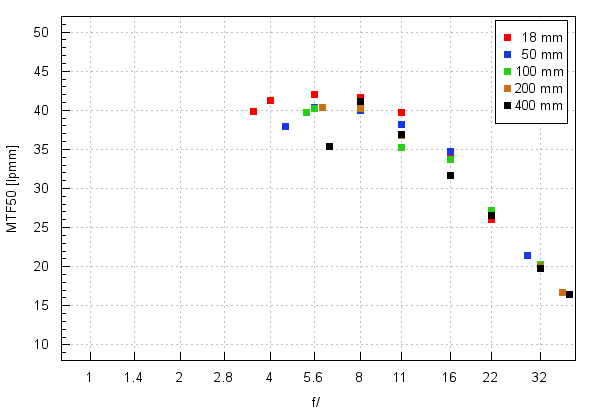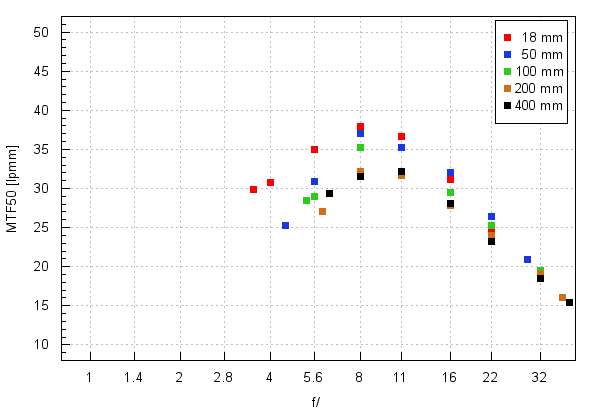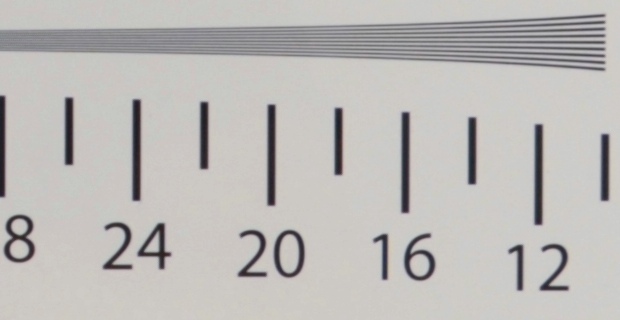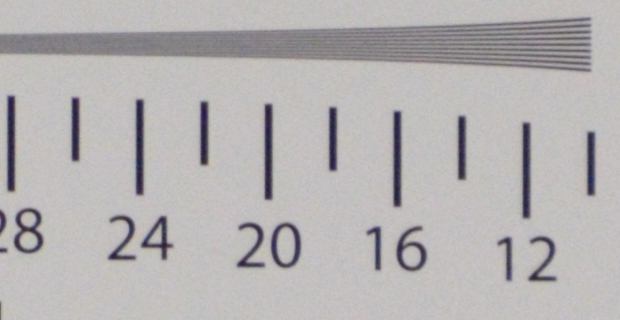Tamron 18-400 mm f/3.5-6.3 Di II VC HLD
4. Image resolution
Let’s check how the tested lens performs in the middle of the frame – its results at 18, 50, 100, 200 and 400 mm presents a graph below.

We have two pieces of news – a good and a bad one. In such situation most of people want to hear the bad news first but we are going to start with the good. Despite the huge focal lengths range, the Tamron 18-400 mm basically doesn’t have any weak points in the centre of the frame. The image quality is acceptable everywhere apart from the maximum relative aperture and the maximum focal length; mind you, it is the basic feature expected from this type of lens. An amateur photographer doesn’t care about resolution records, all they are interested in are good quality photos at every focal length available. The Tamron is able to provide that much.
Please Support UsIf you enjoy our reviews and articles, and you want us to continue our work please, support our website by donating through PayPal. The funds are going to be used for paying our editorial team, renting servers, and equipping our testing studio; only that way we will be able to continue providing you interesting content for free. |
- - - - - - - - - - - - - - - - - - - - - - - - - - - - - - - - - - - - - - - - - - - - - - - -
Now the bad news. The 18-300 mm rivals, the Tamron 16-300 mm among them, fared better than the tested lens. The Nikon 18-300 mm had very even results and, in the most often used aperture range reached 40-47 lpmm. The performance of the Sigma 18-300 mm was more uneven, from excellent results of 50 lpmm at the shortest focal length to about 40 lpmm at 300 mm. Still in both cases it was able to provide sharper images than the Tamron 18- 400 mm. As you see breaking zoom multiplication records comes at a price. However the Tamron is able to offer a unique device.
Now let’s have a look at the edge of the frame.

The shortest focal length performs the nicest and it is a fact worth your praise - it is the very place where you care about an even spread of sharpness across the frame. Unfortunately in order to get an acceptable resolution level you have to close the lens down to near f/8.0. Overall f/8 and f/11 are apertures you have to employ if you want to talk about image quality, not blur. At the longer end of the focal lengths spectrum even a significant closing down of the lens doesn’t allow you to reach an acceptable resolution. This time the Tamron 18-400 mm doesn’t differ from its 18-300 mm rivals as they often had results of 25-30 lpmm as well, a level completely unacceptable.
At the end of this part of the test traditionally we present crops taken from photos of our resolution testing chart, saved in JPEG format.
| Nikon D7000, JPEG, 18 mm, f/5.6 |
 |
| Nikon D7000, JPEG, 400 mm, f/6.3 |
 |






